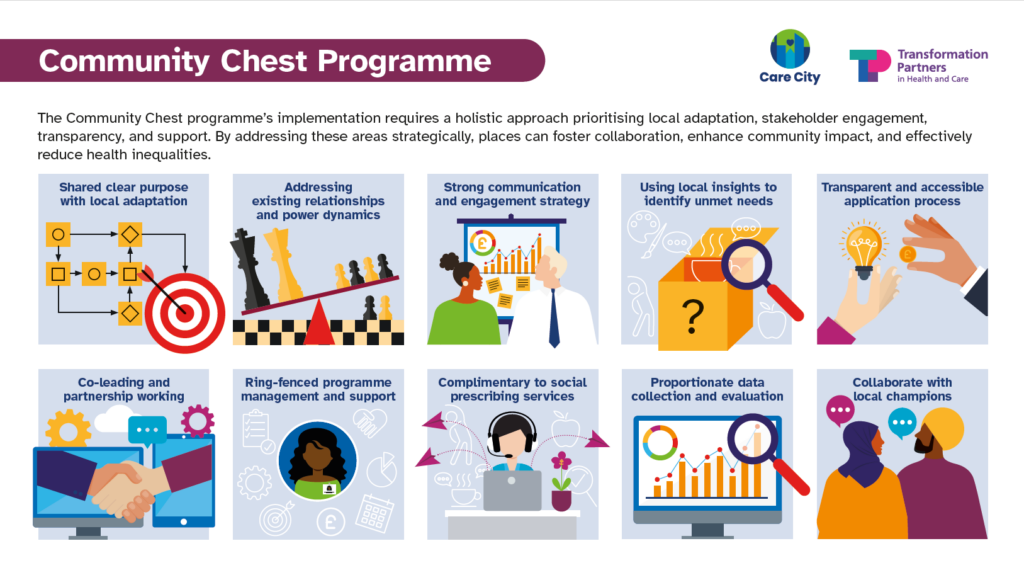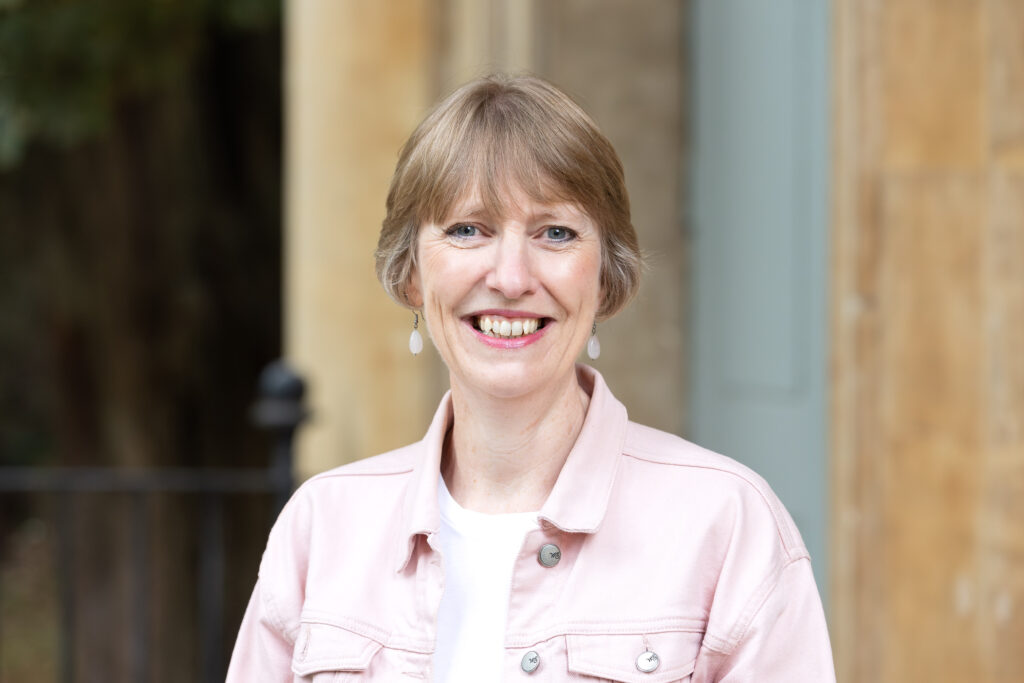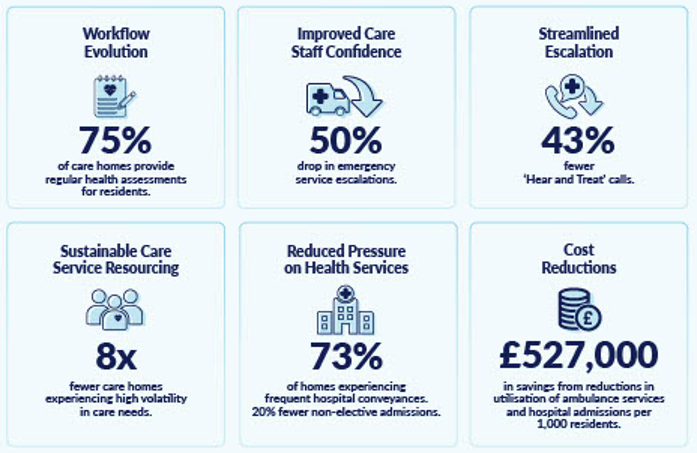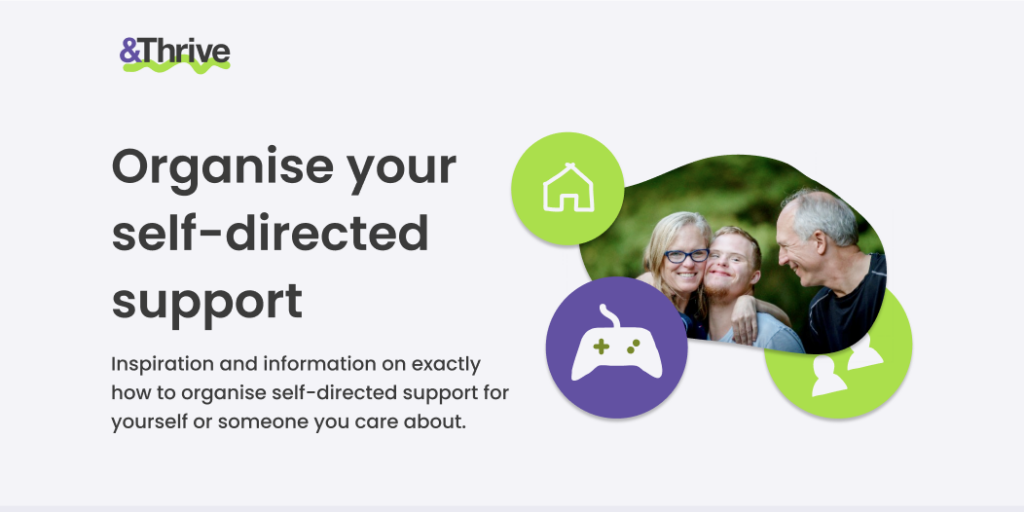New evaluation highlights success of Community Chest model in enhancing local collaboration

Our evaluation highlights key learnings and recommendations for areas considering the adoption of the Community Chest programme.
In an exciting new initiative to enhance community support and collaboration, Transformation Partners in Health and Care (TPHC) has engaged Care City to conduct an independent evaluation of the Community Chest model in Tower Hamlets and Barking & Dagenham.
This evaluation spotlights the programme’s impressive success in strengthening connections between local authorities, the NHS and the Voluntary, Community and Social Enterprise (VCSE) sector, demonstrating its significant impact on local collaboration and community well-being.
The evaluation comes at a perfect time as we are seeing greater emphasis being placed on community integration and prevention, for example through the development of the Integrated Neighbourhood Teams and the recent findings in the Darzi report, the Community Chest presents a unique enabler to realise this vision.
The evaluation compared two approaches to local development and programme delivery in London boroughs. One approach used a traditional grant model to distributing funds and outsourced the programme’s ongoing delivery to a third party, while the other adopted a collaborative, participatory and VCSE-led method for programme development, fund distribution and delivery. Findings show that while the traditional model more effectively addressed local unmet needs, the collaborative approach excelled in fostering sector collaboration and building stronger relationships.
Key learnings from the evaluation regarding the enablers of success for the Community Chest programme include:
- Addressing existing relationships and power dynamics: between statutory and non-statutory partners
- Using local insights to identify unmet needs: a mixed methods approach should be adopted, combining existing data analysis and consultations with social prescribers and other frontline staff
- Proportionate data collection and evaluation: Careful consideration should be given to the minimum viable data set required for evaluation and monitoring
The Community Chest has had a profound positive impact on our local communities. I am delighted to see how pooling local resources and encouraging partnership working has supported the health and wellbeing of residents most in need. The insights and recommendations from the Community Chest model demonstrates the power of this collaborative approach. I look forward to seeing how the learnings from this programme can continue to support local communities in addressing health inequalities.
Professor Kevin Fenton, OHID London Regional Director
We invite you to join us for a webinar to celebrate the launch of the report and to share the key findings, learnings and recommendations with system partners interested in piloting a similar approach. The webinar will be take place on Thursday 31 October from 11am-12pm.
Click here to read the independent evaluation report
To find out more about the independent evaluation report please contact: theteam@carecity.org
If you’re interested in developing a similar project locally please contact: sandi.bhangu@nhs.net
Background on the Community Chest model
Transformation Partners in Health and Care (TPHC) Social Prescribing and Community Led Prevention team, in partnership with NEL Integrated Care Board (ICB) and other partners developed the Community Chest.
Community Chests brings together key representatives from across the local community to collaborate and use local intelligence to determine funding priorities. Community Chests can combine money from the NHS, the local authority, philanthropy and local businesses to create an accessible funding pot for the voluntary and community sector, supporting local activities.
The Community Chest model involves creating shared investment funds at local level, co-produced and co-owned across the system, with a local needs-led approach to commissioning and ensuring funding accessibility and equity.
To date, the programme has been piloted in seven locations across North East London, with a new pilot underway in Haringey. It has enabled insights from social prescribers and communities to target funding towards health and wellbeing activities delivered by the VCSE sector to address local unmet needs.
Over £500K was allocated to 82 VCSE organisations and the projects have ranged from delivering weekly basketball sessions for women, to funding community fridges to supporting the immediate pressure from the cost-of-living crisis.
We have seen examples of funding being used to address specific issues around poverty and accessing health services, for example City and Hackney allocated all its funding to projects that supported residents to overcome barriers to accessing health and financial support.



